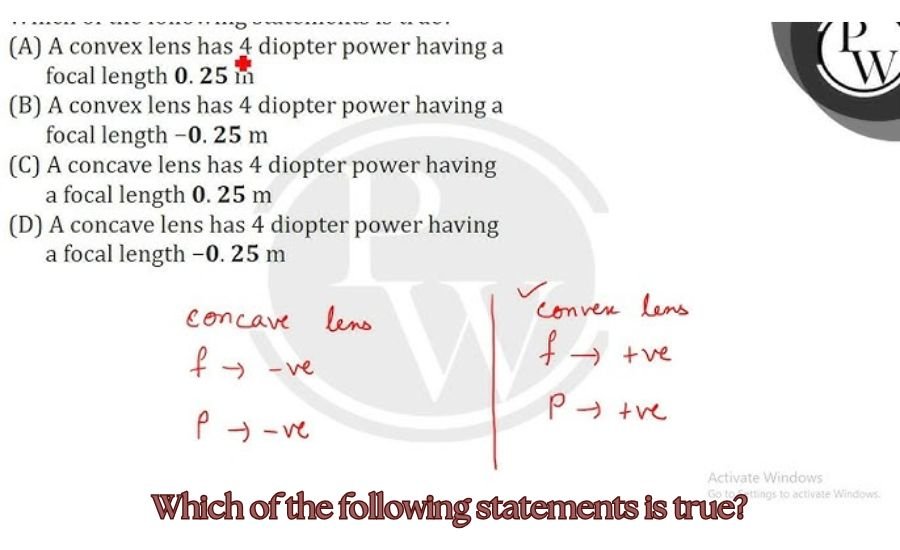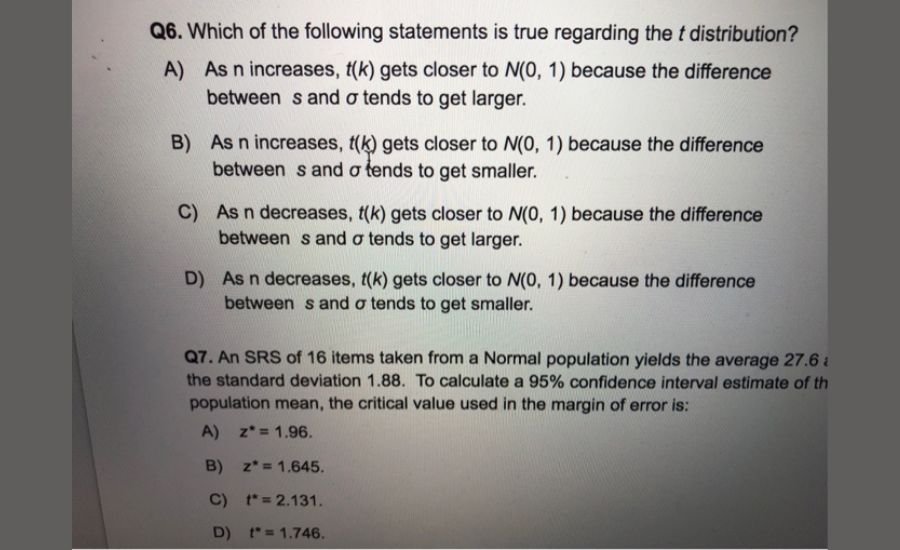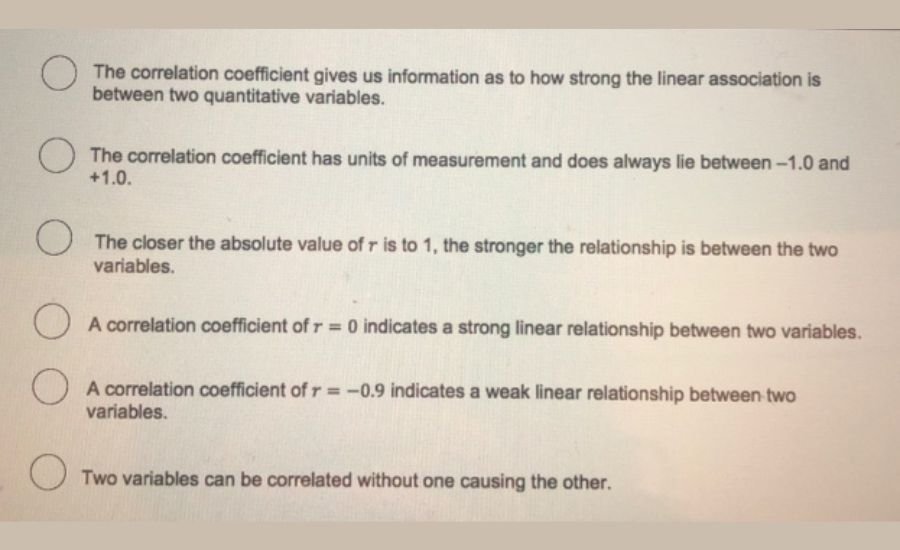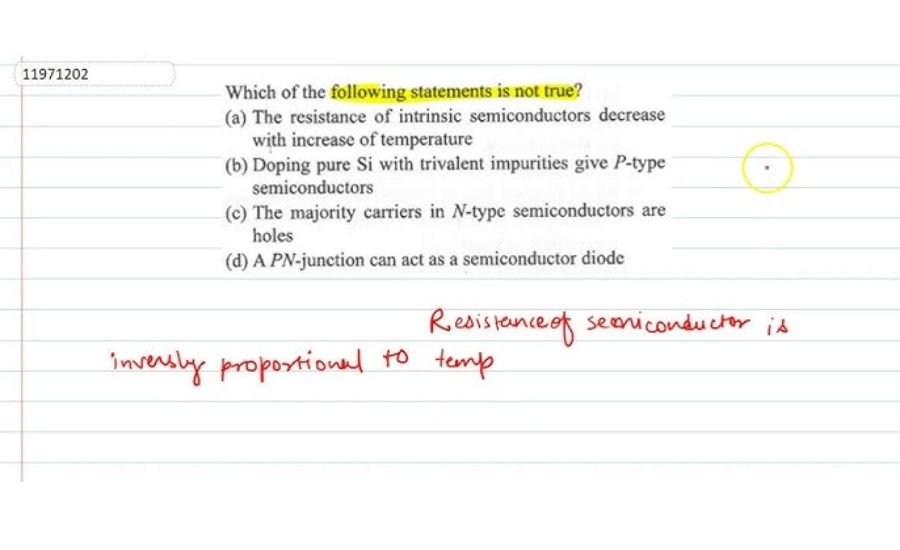Which of the following statements is true?” You may have seen this question in exams, quizzes, or puzzles. It is a tricky type of question that tests how well you understand a topic. Many people find these questions confusing because the answers look similar.
But don’t worry! In this blog post, we will teach you simple tricks to find the correct answer easily. Whether you are a student, a quiz lover, or just curious, this guide will help you think smart. Keep reading as we explore the secrets of solving true/false questions quickly! And yes, if you love learning, thetuambia is here to guide you with the best tips.
What Does “Which of the Following Statements is True?” Mean?
Understanding the question is the first step. This type of question asks you to pick the correct statement from a group of options. Sometimes, all answers may look correct, but only one is truly right.
Different subjects use this question style, including science, math, and general knowledge. The trick is to read carefully and understand each statement before choosing your answer.
Why Do Exams Ask “Which of the Following Statements is True?”
Exams use this question to check if students really understand the topic. It is a way to test knowledge and logical thinking.
Teachers and test makers include tricky words or small differences to make students think deeply. Which of the following statements is true? These questions also help in real-life decisions where we need to judge what is true and what is false.
How to Read and Understand True or False Questions?

Reading carefully is very important. Many people rush and choose an answer too quickly. Take your time and read each word.
Look for key words that can change the meaning of a statement. Which of the following statements is true? Words like “always,” “never,” or “only” can make a big difference in whether a statement is true or false.
Common Mistakes When Answering These Questions
One common mistake is not reading all the options before choosing an answer. Sometimes, the first option looks correct, but another one is even better. Which of the following statements is true?
Another mistake is assuming things that are not written. If a statement says something specific, do not add extra meaning to it. Always answer based on what is written, not what you assume.
Why Some Answers Look Right but Are Wrong?
Some false statements include facts that seem correct but have small mistakes. These tricks confuse people and make them pick the wrong answer. Which of the following statements is true?
Always double-check the details. If something feels partly true but not completely right, it may be a false statement.
Tips to Find the Correct Statement Quickly
One good tip is to remove the wrong answers first. This makes it easier to find the correct one.
Another tip is to think logically. Which of the following statements is true? If a statement does not make sense or sounds too extreme, it is probably false.
Why Some Statements Sound True but Are Not?
Sometimes, statements include popular myths or half-truths. These can mislead people into picking the wrong answer.
To avoid this, always rely on facts. Which of the following statements is true? If you are unsure, think about what you have learned or research to check the truth.
The Role of “None of the Above” and “All of the Above”

Many tests include tricky answers like “None of the above” or “All of the above.” These can be confusing if you do not read carefully. Which of the following statements is true?
If you see “All of the above,” check if every option is true. Which of the following statements is true? If one is false, then “All of the above” is not correct.
How to Practice True or False Questions?
Practicing is the best way to improve. Try answering different true or false questions and check your mistakes.
There are many online quizzes and books that have these questions. The more you practice, the better you will get.
How to Teach Kids About True and False Statements?
Teaching kids about true and false statements can be fun. Which of the following statements is true? Use simple examples and play games where they guess if something is true or false.
Using stories and real-life examples helps kids understand better. Make it a fun activity so they enjoy learning.
The Importance of Critical Thinking in Answering Questions
Critical thinking helps in answering these questions correctly. Instead of guessing, think about why an answer is true or false.
People who practice critical thinking make better decisions in tests and real life. It helps in understanding facts and avoiding mistakes.
You Need To Know: How To Write A Check
Why Some People Struggle with “Which of the Following Statements is True?”
Some people find these questions hard because they do not pay attention to details. Reading too fast or not checking all options can lead to mistakes.
Improving focus and patience makes a big difference. Practice reading carefully and thinking before answering.
Examples of “Which of the Following Statements is True?” Questions

Here are some example questions:
- Which of the following statements is true about the sun?
- A) The sun is a planet.
- B) The sun is made of gas.
- C) The sun has no gravity.
- D) The sun is colder than Earth. Answer: B) The sun is made of gas.
These kinds of examples help you understand how to approach the question.
How True or False Questions Help in Real Life?
These questions are not just for exams. In real life, we also need to check facts and decide what is true or false. Which of the following statements is true?
For example, when reading news or online information, we must be careful. Learning how to judge statements helps us make better decisions.
Conclusion
Understanding questions like “Which of the following statements is true?” is very important. These questions test our ability to think and find the correct answer. By reading carefully and checking every option, we can pick the right one. It is always good to take your time and not rush. The more you practice, the better you will get at answering them.
Learning how to solve these questions helps in exams and daily life. It teaches us to think clearly and make good choices. Which of the following statements is true? Whether in school, work, or online, knowing the truth is very important. Keep practicing, stay patient, and you will get better every day!
You Should Know: Insult Generator AI
FAQs
Q: What does “Which of the following statements is true?” mean?
A: It means you must find the correct statement from the given options.
Q: How can I answer these questions correctly?
A: Read all the options carefully, remove the wrong ones, and pick the correct one.
Q: Why are these questions used in exams?
A: They test your ability to think, understand, and choose the right answer.
Q: Are “true or false” questions the same as these?
A: No, true or false questions only have two choices, while these have multiple options.
Q: How can I avoid making mistakes?
A: Read slowly, check each statement, and think before answering.
Q: Do all subjects use these types of questions?
A: Yes, they are used in math, science, history, and many other subjects.
Q: Can guessing help if I don’t know the answer?
A: Guessing is okay if needed, but try to use logic first to find the right answer.
Q: Where can I practice these questions?
A: You can find them in textbooks, online quizzes, and exam practice papers.
